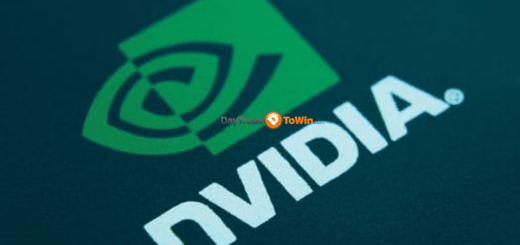2023 Market Milestone: Tesla’s Surge Takes S&P 500 and Nasdaq to Unprecedented Highs
The S&P 500 index closed at a higher point on June 9th compared to its opening point, however, it did not reach the peak point during the day. Despite Tesla’s upward momentum, the stock market overall did not react significantly due to the anticipation of upcoming policy meetings from the Federal Reserve and inflation data in the following week.
The stocks of Tesla Inc (TSLA.O) saw a rise of 4.06% which is their longest period of consistent growth since January 2021. The reason behind this is the recent partnership between General Motors Co (GM.N) and Tesla’s Supercharger network. As a result, General Motors Co (GM.N) also saw a rise in their stock shares by 1.06%.

There are some traders who believe that the S&P 500, which has gone up by 20% since its last low point on October 12th, has started a new period of growth. This is what they call a “bull market.”
As per Tim Holland, who acts as the chief investment officer at Orion OCIO, this bull market may be perceived as the most disliked one till date.
Towards the end of the year, there was a noticeable presence of pessimism and this negative atmosphere still persists.
The S&P 500 went up by 4.93 points (0.11%) and reached 4,298.86, continuing to win for four weeks in a row with an overall gain of 0.38% this week. This marks the longest period of consecutive wins since July-August 2022. The Nasdaq Composite also increased for the seventh straight week, with a gain of 20.62 points (0.16%) to reach 13,259.14, resulting in a weekly gain of 0.13%. The Dow Jones Industrial Average went up by 43.17 points (0.13%) and reached 33,876.78, with a weekly gain of 0.33%.
Despite concerns about an upcoming economic downturn and ongoing inflation, Wall Street has remained stable this year. This can be attributed to the strong performance of large-cap companies, a profitable earnings season that surpassed predictions, and the belief that the Federal Reserve was nearing the end of its interest rate hikes.
Earlier this week, the value of stocks from technology companies, such as Apple Inc, Advanced Micro Devices, and Nvidia Corp, had decreased. However, those same stocks have now increased by a range of 0.22% to 3.20%.
Traders are of the opinion that the United States’ central bank is likely to maintain the interest rates at their current level of 5%-5.25% during the policy meeting that is scheduled for June 13-14, as indicated by CMEGroup’s Fedwatch tool.
Rick Meckler, a partner at Cherry Lane Investments, has stated that the overall sentiment of the market is that the Federal Reserve will put an end to its upward trend. This break is expected to lead to a wider rise in the market, which could give a chance to other companies to catch up to the big tech stocks that were previously leading the market.
The unveiling of information regarding the prices of goods and services that consumers buy, which is set to occur on Tuesday, will affect how individuals predict the Federal Reserve’s future decisions. At present, investors are operating on the assumption that there is a 50% chance that interest rates will go up by another 25 basis points in July.
The fear gauge of Wall Street, also known as the CBOE Volatility index (.VIX), reached its lowest point since February 2020 before making a partial recovery.
Citi decreased its rating of Target Corp (TGT.N) to “neutral,” resulting in a 3.26% decrease in the stocks of this major retail corporation. The reason cited by Citi was economic challenges and the forecast of further decline in sales for the current year.
After receiving an “overweight” upgrade from Wells Fargo, Adobe Inc experienced a 3.41% rise in its stock value. This is due to the bank’s belief that the company’s Photoshop software will profit considerably from the boost in generative artificial intelligence.
The stock price of Netflix Inc (NFLX.O) rose by 2.60% when a report was released indicating that the company’s subscriber count grew due to measures taken against the sharing of passwords.
The NYSE showed more stocks losing value than gaining value, with a ratio of 1.49-to-1, while the same was observed on the Nasdaq with a ratio of 1.84-to-1 in favor of declining stocks.
In the span of 52 weeks, the S&P 500 attained its highest value 15 times but reached its lowest value only 5 times. In contrast, the Nasdaq Composite hit a new high price 84 times in the same time frame but also experienced 53 occasions where it reached a new low.




